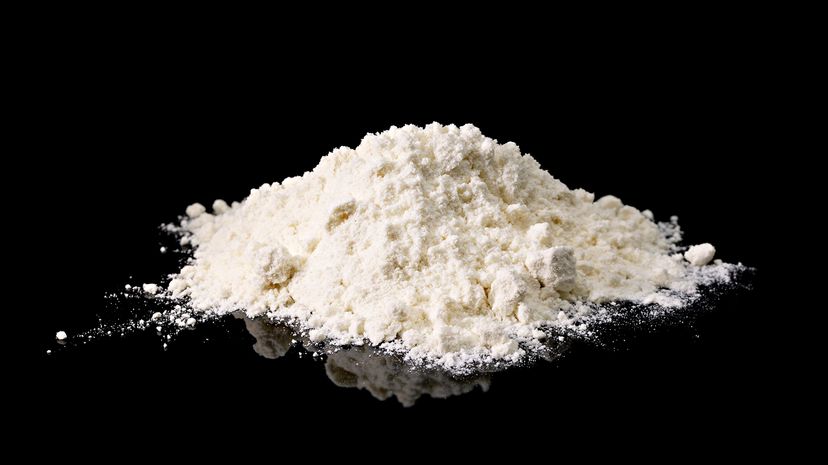George Jacob Jung was born on August 6, 1942, in Boston, Massachusetts, and was raised in Weymouth, Massachusetts. His father, Frederick, was a small business owner, running a struggling business, which strained the family financially.
This aspect of his early life, particularly witnessing his family's economic difficulties, is said to have had a significant impact on Jung's ambitions and his later decisions to pursue wealth through illicit means.
An Education
Jung was known to be a bright but restless student. He attended Weymouth High School, where he showed potential but was often distracted and involved in minor rebellious activities. Despite his lack of focus on academics, Jung was a popular student, known for his charismatic personality and ability to connect with people — traits that would later play a significant role in his career as a drug trafficker.
After high school, he enrolled at the University of Southern Mississippi. Jung's foray into narcotics began not out of a grand scheme but from the opportunistic selling of marijuana to his college peers.
His entrepreneurial spirit quickly recognized the lucrative potential lying in the vast discrepancy between the costs of procuring marijuana in California and its selling price on the East Coast.
Marijuana Trafficking
Jung moved to Manhattan Beach, California, in the late 1960s after dropping out of the University of Southern Mississippi. It was during this period that he fully immersed himself in the drug culture and began his career in drug trafficking.
His operation quickly expanded from distributing to friends in California to transporting larger quantities in motor homes to the Northeast, particularly Amherst. By 1968, he had capitalized on the significant price difference.
"We used to take 600 to 800 pounds of pot at the time in these single-engine planes into the United States," Jung told PBS in an interview. "And we were basically getting it for $20 a kilo down there and selling it anywhere between $300 to 350 in the United States."
Seeking to maximize profits, Jung ventured into Mexico, targeting Puerto Vallarta to source marijuana directly. Despite initial setbacks due to language barriers and unfamiliar territory, a fortuitous meeting with an American woman led him to the son of a Mexican general, facilitating his plan to fly marijuana into the U.S.
The operation's logistics involved loading marijuana at a secluded spot near Puerto Vallarta called Point Damia, with no road access, making it an ideal clandestine loading point. Jung's first smuggling flight was fraught with challenges, including his inexperience as a pilot and a near-disastrous deviation over the Pacific. (Turns out it's sometimes worth it to hire professional pilots.)
The intended destination for these smuggling flights was near Palm Springs, California, where they used dry lake beds as makeshift landing strips. This daring approach marked a significant escalation in Jung's drug trafficking career, setting the stage for his eventual involvement in the cocaine trade.
